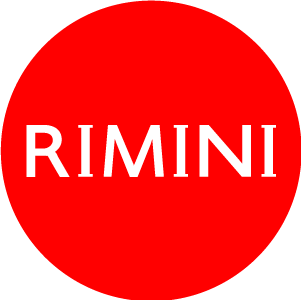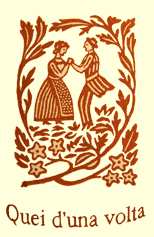
Guida pratica
Dance, music and songs of the old days
Dance, music and songs of the old days to rivive old traditions and custom of our territory: the region Romagna.
La Pasquella
Singers and storytellers have handed down the ancient tradition of "Pasquella", one of the oldest ritual songs of begging that once represented the essence of the rural world. These belong to that category of testimonies which have mostly disappeared, but which constitute real words of wisdom in which the peasants hid the truth. La Pasquella coincides with a precise date of the agricultural calendar and is a propitiatory rite linked to even pre-Christian beliefs. Usually the last day of the year and the night of the Epiphany (January 5) were sung by groups of beggars who sang verses as a wish for health, well-being and abundance, in exchange for small offers of money, food and wine.
These songs are accompanied by the tradition of ethnic dances to relive the dance as a moment of socialization and fun.
Carnival dances
The old dances in the farming society took place especially in the days of Carnival, on the occasion of the patronal and village festivals and the fairs that were held in the various locations, and in the closing moments of the most important crops and agricultural works. The latter occurred mainly on farmyards and in farmhouses. The instruments most used by players are the accordion and the guitar, sometimes the violin. They played for dance without relying on a written musical text, in the wake of a practice passed down orally from generation to generation.
The dances of the peasant tradition
Until the mid-nineteenth century the most popular peasant dances were the 'trescone', with a typically Romagna character, the 'manfrina', the 'padvanela', the 'furlana' and the 'bergamasco', which were performed in detached pairs, with laps, jumps and minuets. Then there were particular dances, which combined music, dance and game: they were the so-called dances of the chair and the mirror, of the apple and the flask, of the hunchbacks and the flintlock, among the most popular ‘dance of the flower ‘.
Traditional Romagna music
The dances preceding the so-called "liscio" such as saltarelli, manfrine or monferrine, furlane, vanderine and manderine, dance hunchbacks, giants, Bergamo, etc. belong to the heritage of traditional Romagna music. Ethnic dances remained alive in the peasant memory up to the present day
The ‘liscio’ from Romagna
In the last decades of the nineteenth century, arrives the ‘liscio’ that originates from the dances widespread in Europe in the salons of the bourgeoisie with its three fundamental dances: waltz, polka and mazurka. The contamination with popular folklore leads to the birth of Romagna dance music and the ‘liscio’ becomes the synonym. Group dances are abandoned in favor of couple dances.
In the mid-1900s, musicians performed in village festivals, in cafes, in squares, giving traditional dances a faster pace. The orchestras are named after the band leader as Carlo Brighi, the father of the 'liscio', called E' Zaclén o Zaclòin that means duckling, who introduces the typical instruments, from the clarinet, the violins, the accordion and inaugurates the 'balera' as the 'dance' space. In the late sixties, the main spokesman for the 'liscio' was Secondo Casadei who brought Romagna music to the top of success, introducing the voice into the orchestra.The tradition continues for the same family with Raoul Casadei and sees the multiplication of musical groups. In June takes place the festival: 'La Notte del Liscio', a great festival of Romagna dance between tradition and modernity, in which the most important 'smooth' orchestras go on stages spread throughout Romagna.

©2016-2023 Assessorato al turismo / Comune di Rimini, Piazzale Fellini 3 47921 - Rimini - +39 0541 704587 / Ufficio Informazioni Turistiche (IAT) +39 0541 53399 / fax +39 0541 56598 / Statistiche web


